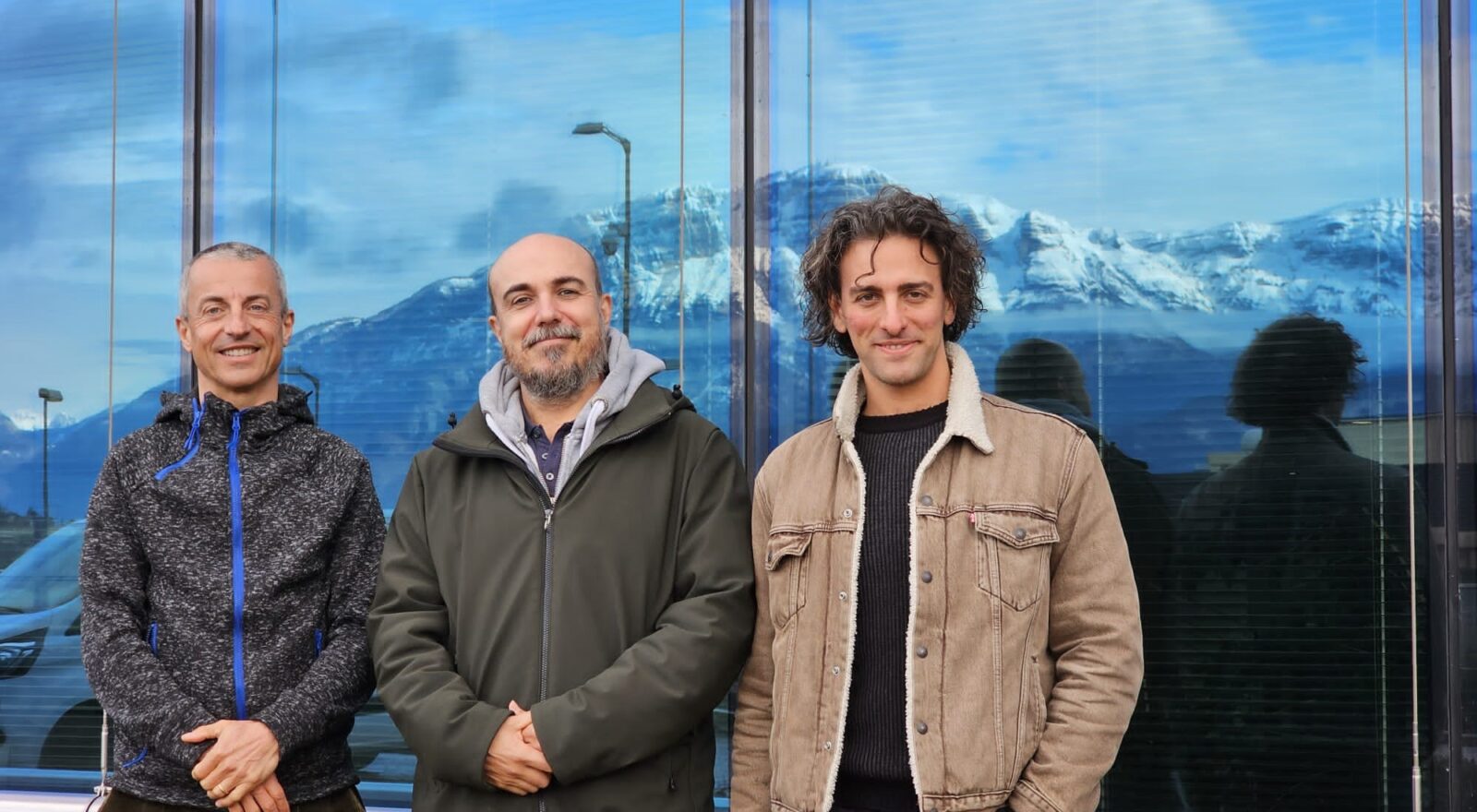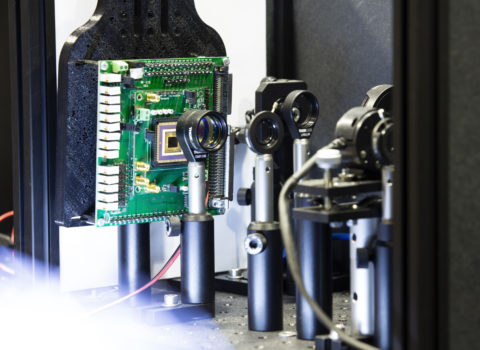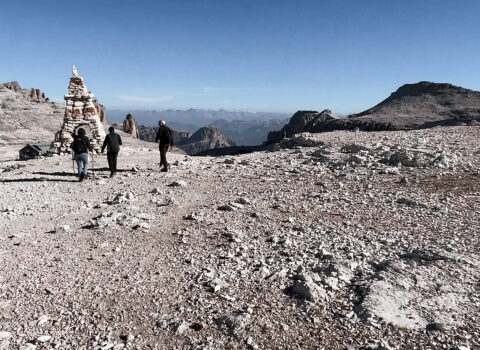
A new frontier for anti-frosting systems
.Researchers from Fondazione Bruno Kessler and the University of Trento have designed and fabricated surfaces that slow down the formation of ice by blasting away water droplets before they freeze. The findings open up a new way to design ultra-efficient frost and heat exchange surfaces. The paper has been published in the American journal Acs Nano.
Curbing the formation of ice on a surface by finding a way to expel microdew droplets before they become frost. The research is the result of a study initiated by a joint doctoral program of the University of Trento and Fondazione Bruno Kessler and funded by both institutions. The group of scholars consists of Nicolò Giuseppe Di Novo (PhD) and Nicola Pugno from the Laboratory for Bioinspired, Bionic, Nano, Meta Materials & Mechanics from the Department of Civil, Environmental and Mechanical Engineering (Dicam) and Alvise Bagolini from the Micro Systems Technology Unit of the Center for Sensors and Devices at Fbk.
Work that opens up applications in the aviation and thermodynamic systems industries. In these areas, understanding how to change the surface properties of a material has a major impact in terms of energy performance, cost, and safety. If we think about airplanes, wind turbines, heat pumps and refrigeration systems, ice causes problems that are currently reduced by complex solutions that require energy and the use of polluting compounds. This is why studies are being conducted on how to prevent it from forming, or how to facilitate its removal. This paper aims precisely at that.
It is known that the presence of asperities (whether millimeter, micrometer or even nanometer) and the inherent chemistry of the material affect how fluids interact with the surface. The challenge was to control the microdroplets of water that form below zero, before they turn into ice. The researchers designed and fabricated truncated microcones on silicon, covered with a nanostructured, hydrophobic coating.
The dew micro-droplets, grow by condensation confined between cones, separated from each other and assume an elongated shape. Before they turn into ice, they self-expel from microcones, i.e., they are launched into the air.
The team studied droplet jumping and showed that self-ejection slows the freezing process. The numerous leaps create an emptying zone, a kind of
ice-cutting track that slows down the advance of frost. The rapid self-ejection was observed with a high-speed video camera coupled with a microscope. Up to 90,000 photos per second were captured.
The study found that divergent structures with uniform wettability facilitate the self-ejection of fluids. And they can be used to design and implement anti-icing systems
.”We structured silicon surfaces with techniques used to produce chips or sensors. The challenge,” said Nicolò Di Novo, currently a research fellow at Dicam, “is to endow other materials such as aluminum, titanium, steel and polymers with these properties.
“”These surfaces that are so water-repellent that they blow away drops,” added Nicola Pugno, professor of building science at the University of Trento, Italy, “go far beyond the classic superhydrophobic surfaces inspired by the lotus effect (i.e., the ability of a material to keep itself clean, observed on lotus leaves). They require the formulation of new theories for their design and state-of-the-art micro-fabrication. Finally, they show potential high-tech industrial interest, according to the third mission of our lab.”
As for further applications of this study, you can sense the possibilities in the aircraft sector. On all aircraft that reach a certain altitude, ice formation is inevitable, on wings but also on helicopter or wind turbine blades or for space applications. Several studies are underway to figure out how to intervene quickly and cost-effectively. Researchers in Trentino have made their contribution by thinking about a surface that slows the formation of ice and facilitates its spontaneous detachment. Other fields of use may be in the design of heat pumps (e.g., of electric cars), industrial chillers, and high-voltage transmission lines in mountainous areas. Instruments in which fast defrosting ensures system functionality.
The study was funded by the European Commission under the “Boheme” project, the European Regional Development Fund and the Ministry of University and Research through the STREAM Project.
The paper “Single condensation droplet self-ejection from divergent structures with uniform wettability“, which describes the phenomenon of self-ejection is out in the journal ACS Nano and is available at the following link: https://pubs.acs.org/doi/full/10.1021/acsnano.3c05981
The work has captured the front cover of the journal.
The anti-freeze application was published in Advanced Materials Interfaces, available at this link:
https://onlinelibrary.wiley.com/doi/full/10.1002/admi.202300759



